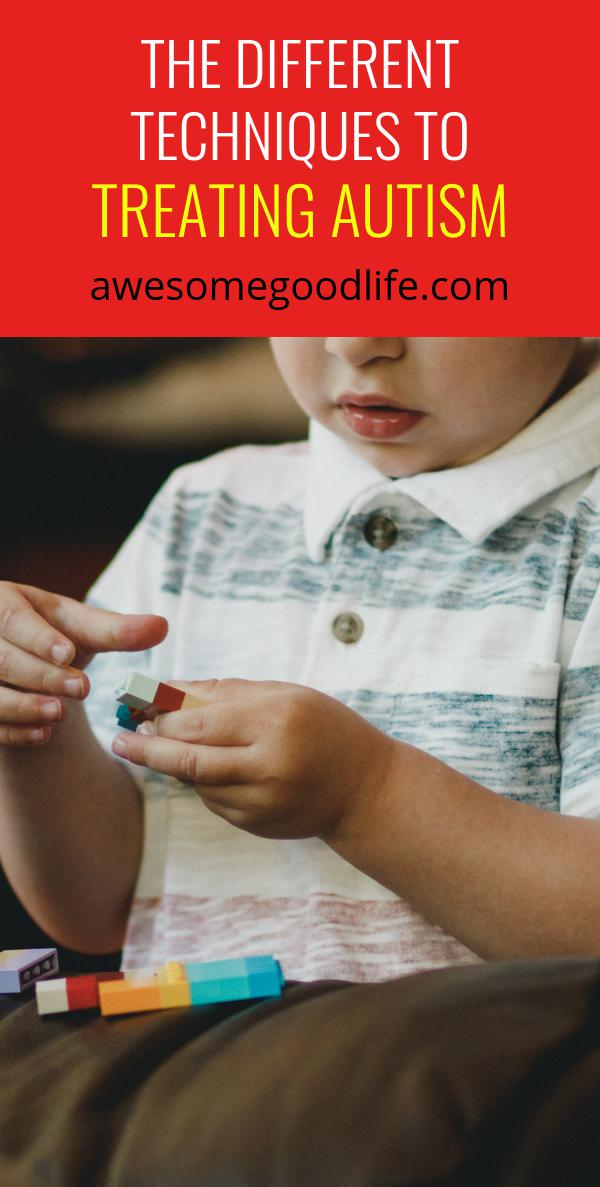Autism refers to a brain disorder, which typically affects a child’s ability to communicate, form relationships, and respond appropriately to the environment. While some people suffering from Autism are relatively high functioning, there are others who are mentally retarded, have serious language delays, or are mute.
The actual cause of Autism is not known. But Autism is relatively easy to spot, and children as young as 18 months start showing symptoms. It is futile to believe that children will just grow out of it. In fact, the early years provide the best time for progress and improvement. So, intensive therapy should begin as early as possible. While different children suffering from Autism may have different problems, parents of such children have to face one overwhelming challenge — there is no single agreed-upon method for treating this condition. Parents, researchers, and doctors have not been able to reach common ground here.

Autism treatment usually consists of a combination of behavioral therapy, language and speech therapy, and special education in schools. Reports suggest that play-based behavioral therapies and alternative treatments involving dietary restrictions and vitamin supplements are beneficial. But, there is no solid proof to support this. What makes matters worse is that many children are beset with additional problems like sleeping difficulties, anxiety, or gastrointestinal problems.
ABA (Applied Behavioral Analysis)
This is often referred to as the Intensive Behavioral Intervention (though there are differences between the two). Studies show that children suffering from Autism can make dramatic progress when they receive this kind of instruction. Parents and doctors mostly accept this treatment because this is one of the most researched of all treatments. This program involves intensive one-to-one interaction between the child and the teacher. Each skill is broken down into sub-skills and each of these sub-skills is taught intensely, one at a time. It is a reward-based program where toddlers receive a lot of positive reinforcement. Activities begin from simple actions (identifying colors) and progress to more advanced activities (language). ABA depends on prompting, positive reinforcement, and differential reinforcement.
Nutritional Therapy
This therapy is based on the surmise that certain ingredients in food can have a damaging effect on the brain of an autistic person. Leaving some substances out of the diet (milk and gluten, for instance) have shown startling positive changes in patients. Additionally, vitamin-B12 and magnesium supplements are administered to cover any deficiencies. These kinds of special diets curtail some of the more distressing symptoms like disruptive outbursts, restlessness, and sleeping disorders.
Anti-fungal Treatment
Since autistic children often suffer from poor bowel ecology, overgrowth of fungi and microbes is a problem. Therefore, autistic children respond well to anti-fungal treatments. These children are also found to have high concentrations of yeast and anaerobic bacteria. Evidence suggests that Candida Albicans, a form of yeast, may cause Autism and may also exacerbate the behavioral and health problems found in autistic children.

A detoxification treatment called Chelation Therapy is slowly gaining popularity among doctors. This treatment is based on the theory that some children’s vaccines are exceptionally high in heavy metals like mercury preservatives, and this causes autism.
It is because of the vast multitude of therapies that many desperate parents opt for combination treatments. An estimated 30% of parents try special diets, non-traditional methods, or vitamin treatments. Music, vision therapy treatments, yoga, and horseback riding are also used to treat autism. Unfortunately, it is not possible to predict which children will benefit from a program or whether there is light at the end of that particular tunnel at all.





